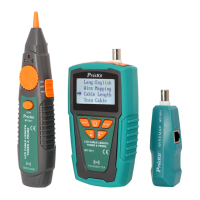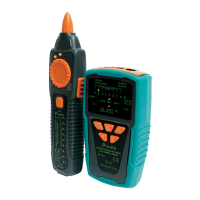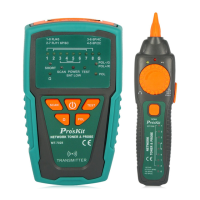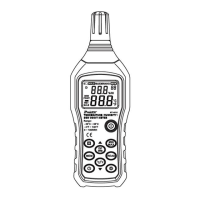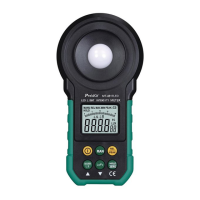Why is the Pro'sKit MT-7071K transmitter signal not detected by the receiver?
- NNicole GriffinAug 8, 2025
If the Pro'sKit Measuring Instruments receiver isn't detecting the transmitter signal, there are several potential causes. First, check the battery levels in both the transmitter and receiver. If the voltage is below 7.0V, replace the batteries. Second, ensure the receiver switch is set to 'SCAN' or 'LED,' as the 'SCAN' function won't operate in the 'NCV' position. If neither of these steps resolves the issue, the device may be damaged, and you should return it to the place of purchase for maintenance.

